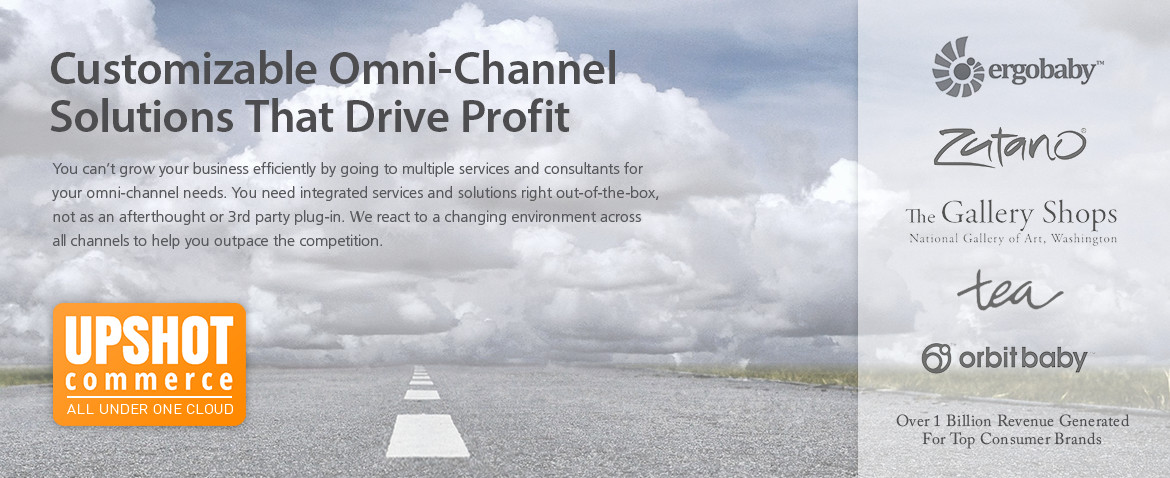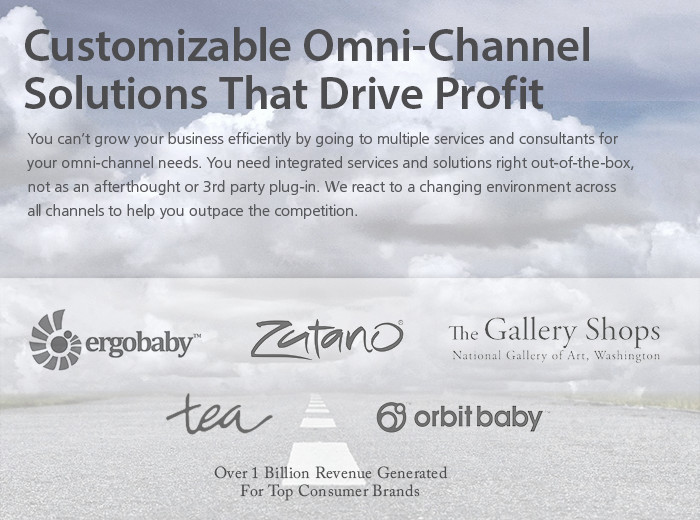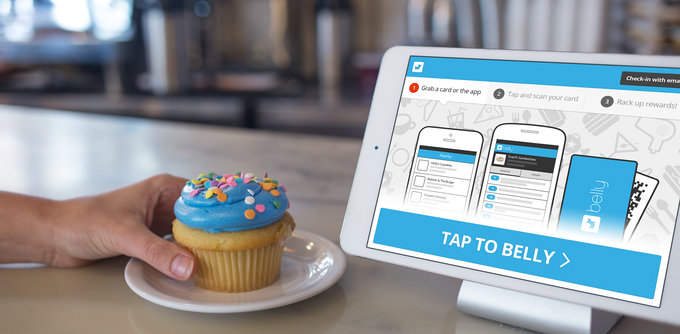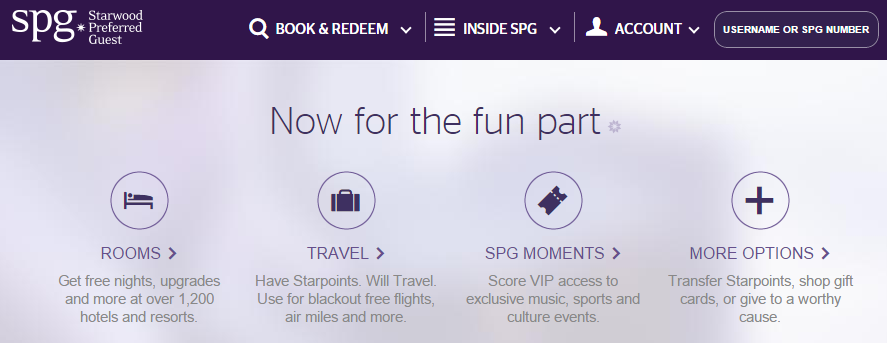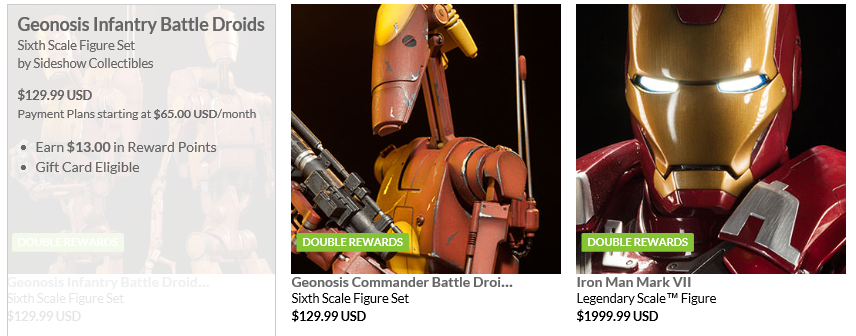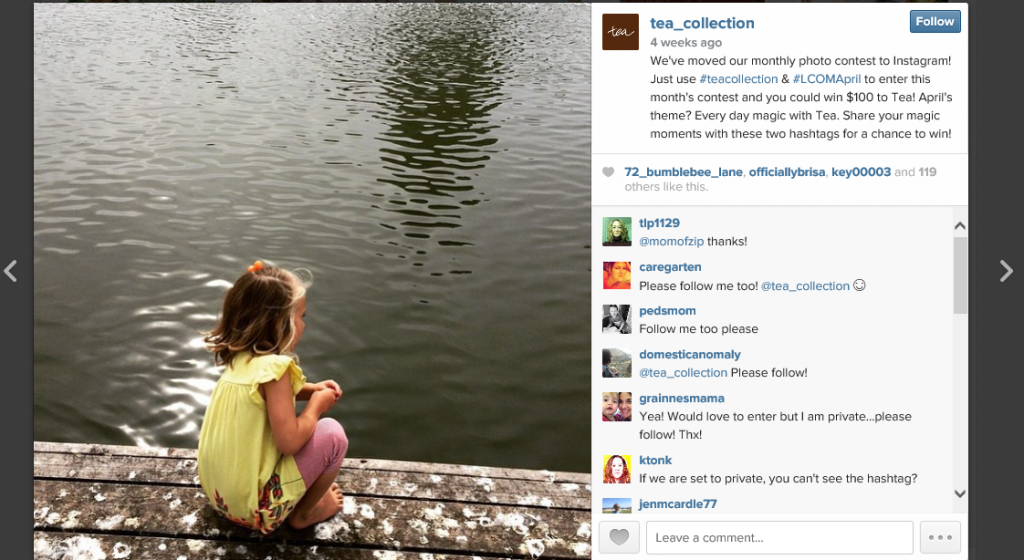As much as ecommerce transformed the retail landscape in the last decade, social media has transformed the landscape of ecommerce in a shorter period of time. Customers engage with brands in ways that differ greatly from previous generations and this will continue to change as technology evolves. As your company crafts customer engagement strategies, it is important to keep changing trends and shifting behavior in mind. Developing strong relationships with your customers and fostering brand loyalty may hinge on how well you engage with or respond to social media trends.
An effective loyalty program can be a useful tool in this process. In establishing or developing one, planning can be crucial in making the expense and effort worthwhile – consider what methods you will use to engage customers and foster that loyalty, and what metrics you will use to quantify the relative success of your program. According to research conducted by COLLOQUY, average U.S. households are signed up for nearly 22 separate loyalty programs, but actively use less than half. How can you ensure your program is one of that handful that customers actually use, so that you realize return on your investment in the program and increase customer loyalty and engagement?
Elements of an Effective Loyalty Program
First and foremost, an effective loyalty program creates a unique experience that ties your customers to your brand. It provides them with a reason to choose you over other vendors when today’s ecommerce marketplace offers seemingly limitless choice. A loyalty program should offer services that customers can’t find anywhere else, whether that means points-for-purchase or some other perk, and integrate as much as possible into the overall customer experience.
Consider alternative avenues of for offering rewards
As mentioned above, points-for-purchase are the most common structure of loyalty programs, awarding customers a certain number of points per dollar spent in your store. When handled correctly, these can encourage customers to return to use their accrued rewards. But many people see these relationship as one-sided: they spend money and get a discount on a future purchase. Alternatives like experience giveaways, exclusive digital or physical content, and sweepstakes can better engage customers, creating unique experiences that foster deeper brand loyalty.
Consider what type of loyalty you’re looking for – and personalize
Passionate interest in a brand will predispose some customers towards a loyalty program. Cultivating loyalty based on that passion can provide great dividends, especially when paired with unique or value-added awards tailored to meet your customer’s interests – exclusive content, pre-order opportunities, access to special events, etc. In recent years, brands have shifted from legacy-based loyalty programs (where people participate because they’ve known/shopped the brand a long time) to cult-based loyalty programs (where people have specific passion about a product – like fans of Apple products).
Once you’ve found your passionate, loyal customers, it’s also important to offer content they will find meaningful. Personalization is essential to a meaningful customer ecommerce experience. According to a Bond Brand Loyalty report released last year, customer satisfaction with loyalty programs is 4.6x higher when they receive communications they feel as meaningful to them. Relevant content builds trust between the customer and the brand, keeping your company at the front of their mind when they are ready to shop again. To that end, be sure to analyze data you collect from loyalty program participants so that you can tailor your message to better engage them.
Social Engagement & Loyalty
Encouraging and measuring social media engagement is a great way to develop an effective loyalty program. You can offer points or rewards for certain types of engagement that make sense for your company. This could mean ‘Liking’ posts on Facebook, retweeting company posts, repinning items on Pinterest, or getting friends to sign up for your newsletter. By growing your social media community – and building a loyalty program along with it – you create enthusiastic, repeat customers, who are adept at spreading your brand to their own social circles.
One Upshot client, Tea Collection, has developed a vibrant social media community and strong alternative loyalty-type program. Rather than offer points-for-purchase system, Tea periodically runs contests aimed at driving social engagement, such as their monthly #LCOM (Little Citizen of the month) image contest on Instagram. Each month the company provides a different theme and encourages followers to post images of their kids wearing Tea Collection clothing that exemplify the theme. One tagged photo is selected as the winner for special recognition and reward. This combination of social media engagement and tangible rewards for participants provides a unique experience that customers can’t find elsewhere. They recently moved the contest from Facebook to Instagram, which provides an opportunity to engage customers in new ways, across additional platforms, and expanding their social media impact. This type of engagement allows you to reward loyal customers and fans irrespective of recent or future purchases and provides a richer overall experience.
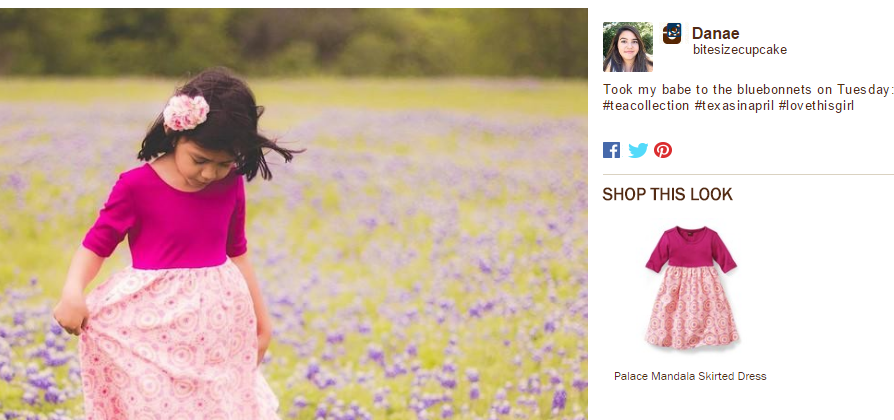
Social engagement can also help you develop original content for your site. Offering customers incentive to write and post reviews of their purchases provides them with opportunities to meaningfully engage with your brand, and also provides you with unique content that in turn instills greater confidence in your brand with new customers. Responding to lukewarm or negative reviews also illustrates how seriously your company considers customer feedback – and can allow for meaningful interaction and dialogue.
Loyalty for B2B-D2C Expansion
Loyalty programs can prove especially useful for B2B vendors who are looking to expand into D2C markets. Creating a program that carefully considers your D2C business goals and your target customer base provides an opportunity to grow in new areas without directly competing with or undermining sales of your wholesalers. By providing customers with a unique experience when shopping directly with you – such as through points specials, private sales, other perks or social media engagement promotions – you provide customers with a reason to shop directly with you, rather than with a channel reseller.
Making Loyalty Programs Work
When loyalty programs are managed with an eye on their effectiveness, they are absolutely worth the investment of time and effort for a company. To ensure your program will be effective, take time to consider your audience and what type of reward experience will prove most meaningful for them – which will make for stronger loyalty to your company in the long run. Whatever structure your program assumes, it provides opportunities to compete through service and provide your customers with valuable ways to engage with your brand. Points-for-purchase loyalty programs will be right for some ecommerce merchants; programs that focus more heavily on social engagement will work better for others. To ensure success, regularly assess goals and how your existing programs and strategies work towards those goals. Continue to analyze consumer data to understand customer expectations and perceptions of your brand and gauge the value they place in participating in your loyalty program.

